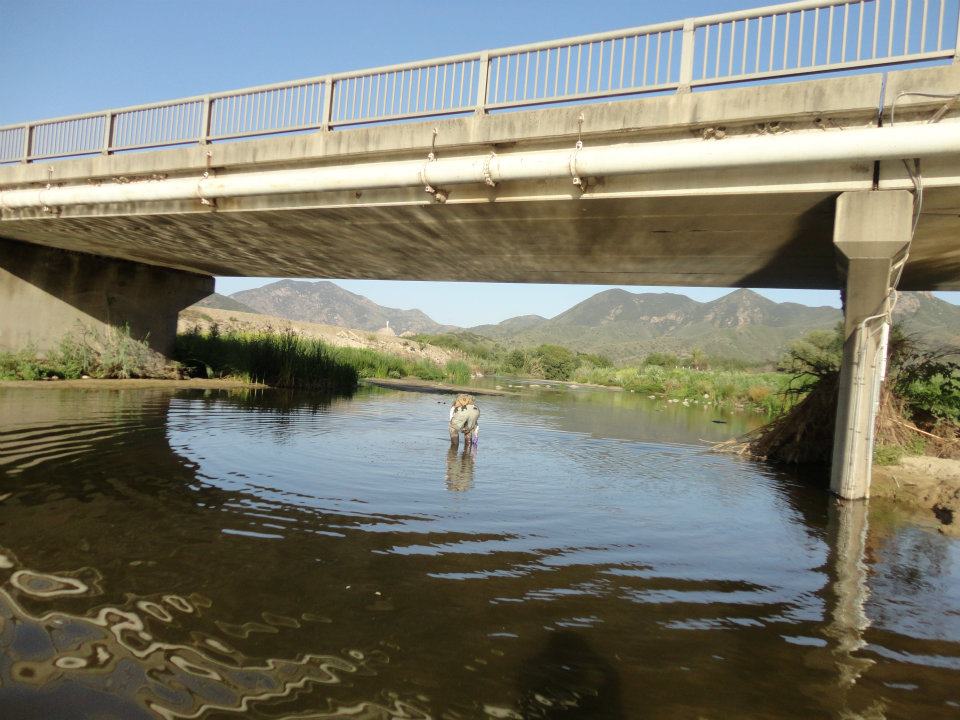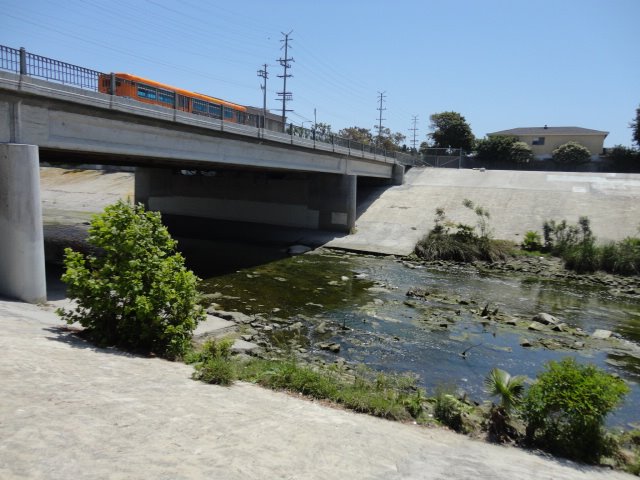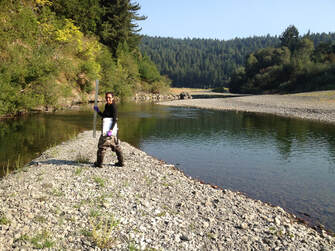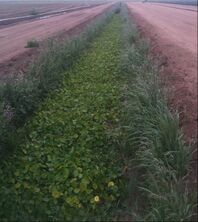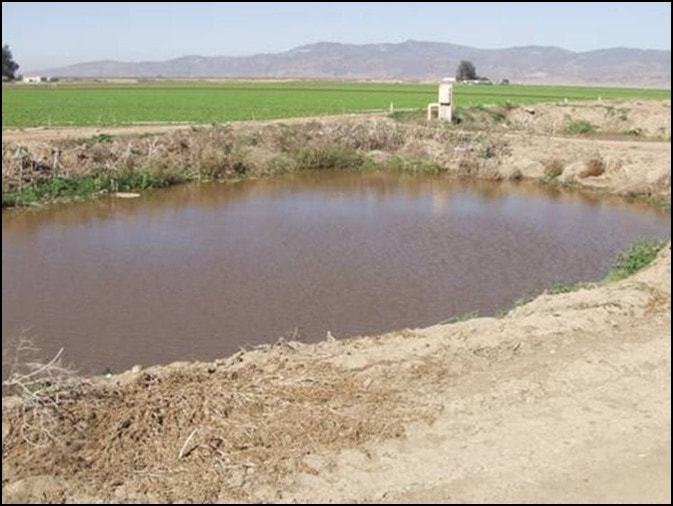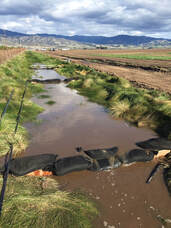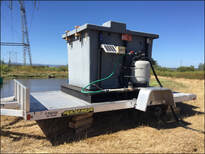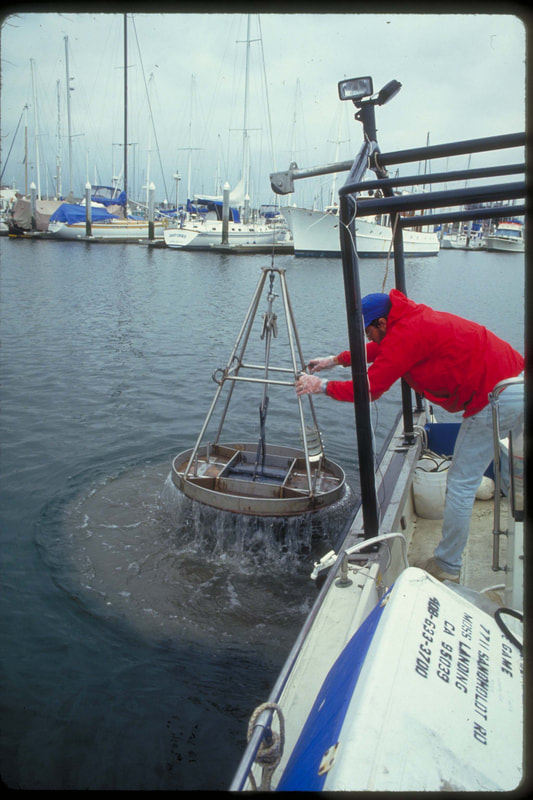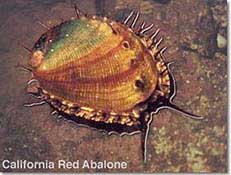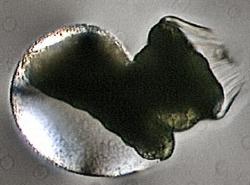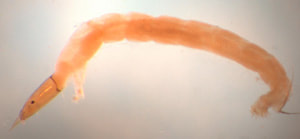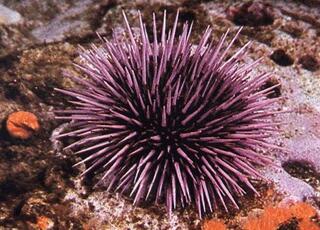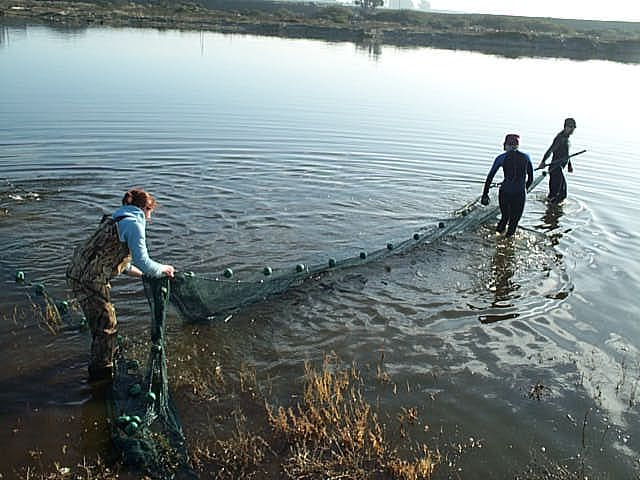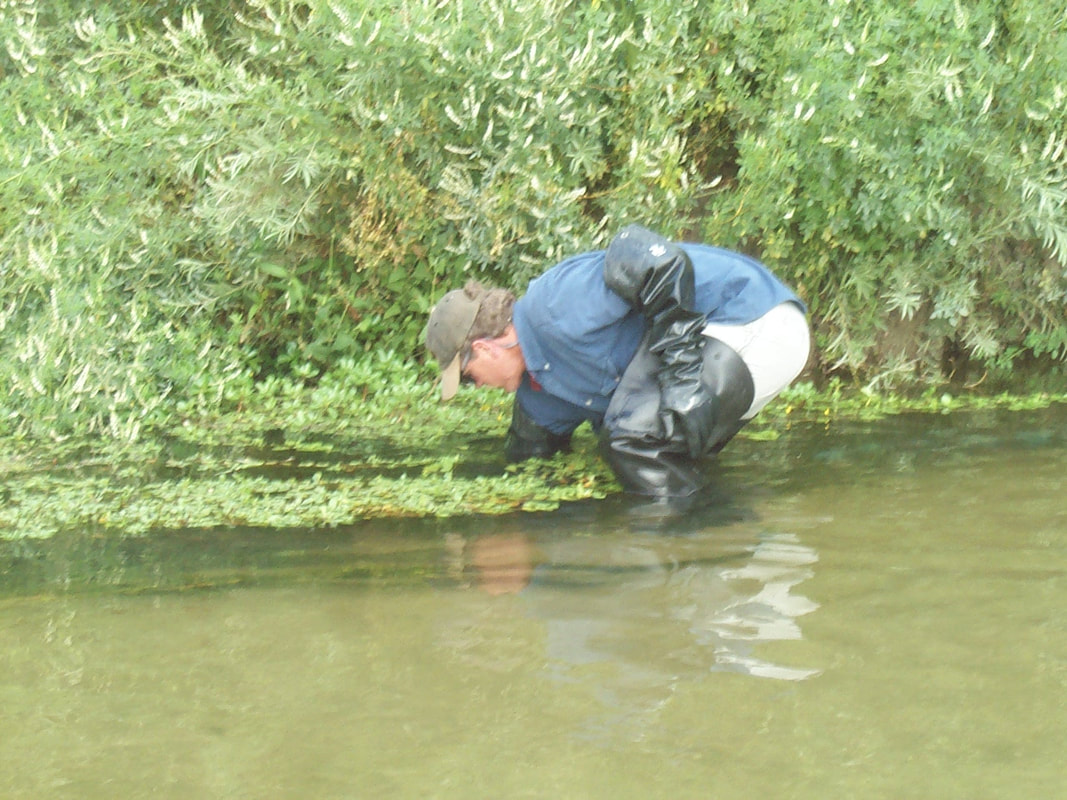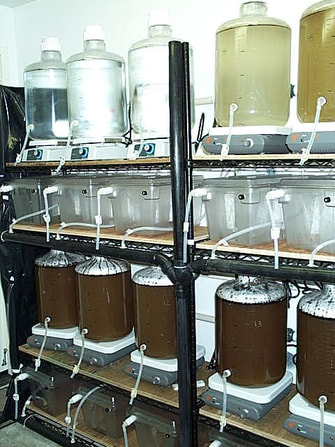Current Focus
Surface Water Ambient Monitoring Program (SWAMP)
SWAMP is the over-arching program that guides water quality monitoring by the California State and Regional Water Boards. Its statewide programs focus on the protection of aquatic life in streams and on contamination of edible fish in lakes, streams, and coastal areas. SWAMP also supports regional monitoring in each of the State's nine water quality control regions. MPSL assists with program design, data interpretation, water and sediment toxicity testing, and toxicity data management tasks. MPSL also administers the Stream Pollution Trends Monitoring Program (also see following page), which is one of four statewide programs.
SWAMP is the over-arching program that guides water quality monitoring by the California State and Regional Water Boards. Its statewide programs focus on the protection of aquatic life in streams and on contamination of edible fish in lakes, streams, and coastal areas. SWAMP also supports regional monitoring in each of the State's nine water quality control regions. MPSL assists with program design, data interpretation, water and sediment toxicity testing, and toxicity data management tasks. MPSL also administers the Stream Pollution Trends Monitoring Program (also see following page), which is one of four statewide programs.
- Related References: Phillips et al. 2004, 2010; Holmes et al. 2008
- Project Reports
Treatment of Agricultural Runoff
Multiple on-farm and integrated projects have been conducted to assessed the efficacy of various individual treatments and systems. Treatments include settling ponds, sediment traps, compost installation, vegetated ditches, and two types of carbon (granulated activated and biochar). All treatments and systems reduced pesticide loading to varying degrees. Most recently, the efficacy of a mobile carbon filter containing biochar was assessed as an edge-of-field treatment for growers that are required to remove non-crop vegetation for food safety concerns. The success of these projects has led to the installation of vegetated systems and the commercial development of carbon-based systems for installation on local farms.
Multiple on-farm and integrated projects have been conducted to assessed the efficacy of various individual treatments and systems. Treatments include settling ponds, sediment traps, compost installation, vegetated ditches, and two types of carbon (granulated activated and biochar). All treatments and systems reduced pesticide loading to varying degrees. Most recently, the efficacy of a mobile carbon filter containing biochar was assessed as an edge-of-field treatment for growers that are required to remove non-crop vegetation for food safety concerns. The success of these projects has led to the installation of vegetated systems and the commercial development of carbon-based systems for installation on local farms.
- Related References: Phillips et al. 2016, 2017, 2021, 2022; Anderson et al. 2011, Cahn and Phillips 2019; Hunt et al. 2006, 2008; Voorhees et al. 2017, 2020
- Mobile Filter Project Webinar: https://youtu.be/Wj7dGscTQxg
|
|
Selected Past Projects
|
Large-Scale Monitoring
In addition to SWAMP (above), MPSL has participated in several local and statewide monitoring programs. Below are two examples. Bay Protection and Toxic Cleanup Program Established in 1989, the primary activities of the BPTCP were monitoring and assessment of sediments in California bays and estuaries. The assessment strategy involved using sediment toxicity, chemistry, and ecology measures in weight-of-evidence approach to identify toxic hot spots. The program was managed and funded through a cooperative agreement between the National Oceanic and Atmospheric Administration (NOAA) and the State Water Resources Control Board (SWRCB). The objectives of the study were to characterize the magnitude and spatial distribution of toxicant-associated bioeffects in California's bays and estuaries, determine relationships between biological effects and concentrations of sediment-associated contaminants, and to use a weight-of-evidence approach to rank and prioritize candidate hot spots for future assessment, cleanup, and remediation.
San Francisco Bay Regional Monitoring Program
The Regional Monitoring Program was created in 1993 by the San Francisco Bay Regional Water Quality Control Board (Regional Board), and is funded by a consortium of area permitees and related entities. The RMP is an innovative collaboration managed by the San Francisco Estuary Institute (SFEI), an independent non-profit scientific research organization. The RMP provides water and sediment quality data to support management activities in the Estuary. MPSL conducted sediment toxicity testing for the program, and participated in program planning and review committees. We have also conducted a number of special studies using TIEs to investigate the causes of sediment toxicity.
Marine Bioassay Project
The goal of the Marine Bioassay Project (MBP), authorized and funded by the State Water Resources Control Board (SWRCB), was to protect California's ocean resources by determining the impacts of toxic waste discharges on marine waters. Four toxicity test protocols were developed using critical life stages of species indigenous to California's coastal waters. These test methods were designed to estimate subtle long-term adverse effects of waste discharges that ultimately damage populations of important marine species. The four toxicity protocols use an alga (giant kelp), a fish (topsmelt), and two invertebrates (red abalone and a Pacific mysid crustacean). All of the MBP test methods are on the 1997 Ocean Plan approved list of critical life stage protocols for use in NPDES compliance monitoring. MPSL worked closely with the US EPA in adapting protocols for inclusion into the West Coast Methods Manual (EPA/600/R-95/136). This USEPA manual contains seven critical life stage protocols, including the four developed by the MBP.
Toxicity Threshold Determination
Knowing the toxicity thresholds of various organisms to a variety of contaminants enables researchers to determine the potential effects of contaminants in the laboratory and the environment. MPSL has conducted a number of concentration-response studies to better understand the effects of industrial chemicals, pesticides, metals and salinity.
|
Evaluating the Health of Coastal Estuaries
Coastal estuaries are among the most ecologically important and critically threatened habitats in California. Less than 20% of the State's coastal wetlands remain from the time of European settlement, and many of these face threats from water quality degradation. Along California's Central Coast, rivers in the three largest watersheds (the Pajaro, Salinas, and Santa Maria) drain to coastal estuaries that provide essential habitat for early life stages of commercially and recreationally important marine fish species, threatened anadromous fish species, migratory birds, and other wildlife.
Watershed Surveys
A number of surveys have been conducted in various watersheds, including the Salinas River, Pajaro River, Santa Maria River, and various tributaries. These surveys have documented the presence and impacts of pesticides in agricultural runoff. These projects led to many of the agricultural treatment projects conducted in recent years.
Oil Dispersant Toxicity Evaluation
The decision-making process surrounding the use of oil dispersants must consider both the effectiveness of breaking up surface slicks that may harm birds, mammals and shore life; and the potential for increasing the toxicity of oil that becomes dispersed into subsurface waters inhabited by fish and invertebrates. When a significant amount of oil is spilled on water, the responders' task is to minimize damage to property and natural resources. Injury to mammalian and avian resources, although toxicologically complex, can be fairly easy to assess on the gross scale; oiled birds and mammals are relatively easy to find and count. However, the effects of oil and dispersants on subtidal and epipelagic organisms are more difficult to assess in the field. Therefore, even though they often represent less-than-ideal models of true environmental consequences, laboratory toxicity tests are used as a way of comparing the effects of different dispersants on the toxicity of spilled oil. By testing the different available agents using standardized models, it is possible to directly compare their relative effects.
Toxicity Identification Evaluations (TIE)
Toxicity identification evaluations (TIEs) are assessment procedures that aid researchers in determining the cause of toxicity in water and sediment samples. Their use figures prominently in the Total Maximum Daily Load (TMDL) process because the TMDL must identify the cause of water body impairment, locate the sources of the causative pollutant, and allocate loadings of the pollutant among various sources. TIEs are used in many projects at MPSL, but several projects have specifically evaluated or developed TIE methods. Water Environment Research Foundation This project was designed to test the efficacy of known and emerging sediment TIE methods. Solid-phase and interstitial water methods were evaluated using formulated sediment spiked with individual chemicals and mixtures of chemicals, as well as ambient samples. Methods were also evaluated using two amphipod species: Eohaustorius estuarius (marine and estuarine) and Hyalella azteca (fresh water).
A component of this project was to assist in developing a TIE treatment specifically for pyrethroid pesticides. The addition of porcine carboxylesterase enzyme to various aquatic and solid-phase exposures can reduce toxicity caused by pyrethroids. Another component of this project was to investigate the efficacy of standard solid-phase extraction techniques for removing pyrethroids from water samples.
MPSL researchers participated in the development of the book "Toxicity Reduction and Toxicity Identification Evaluations for Effluents, Ambient Waters, and Other Aqueous Media". This volume contains two chapters co-written by MPSL researchers and two MPSL TIE case studies.
|
